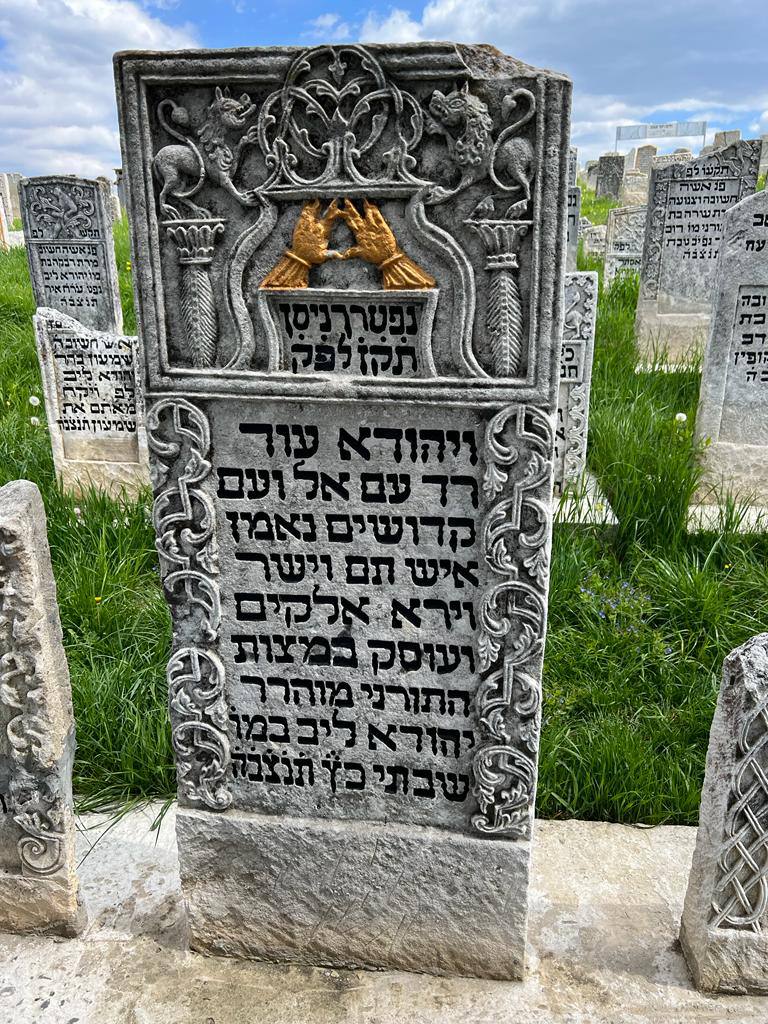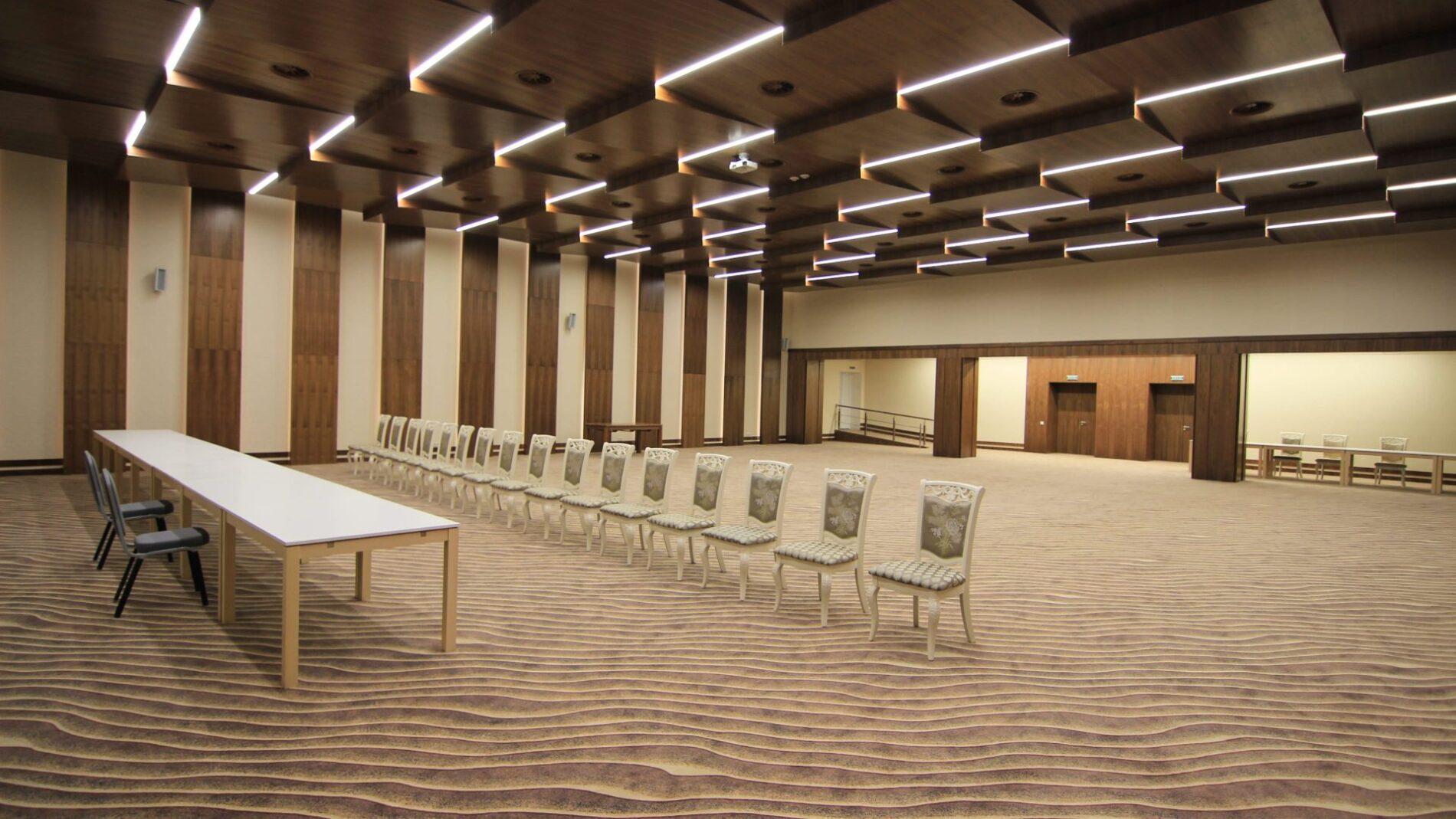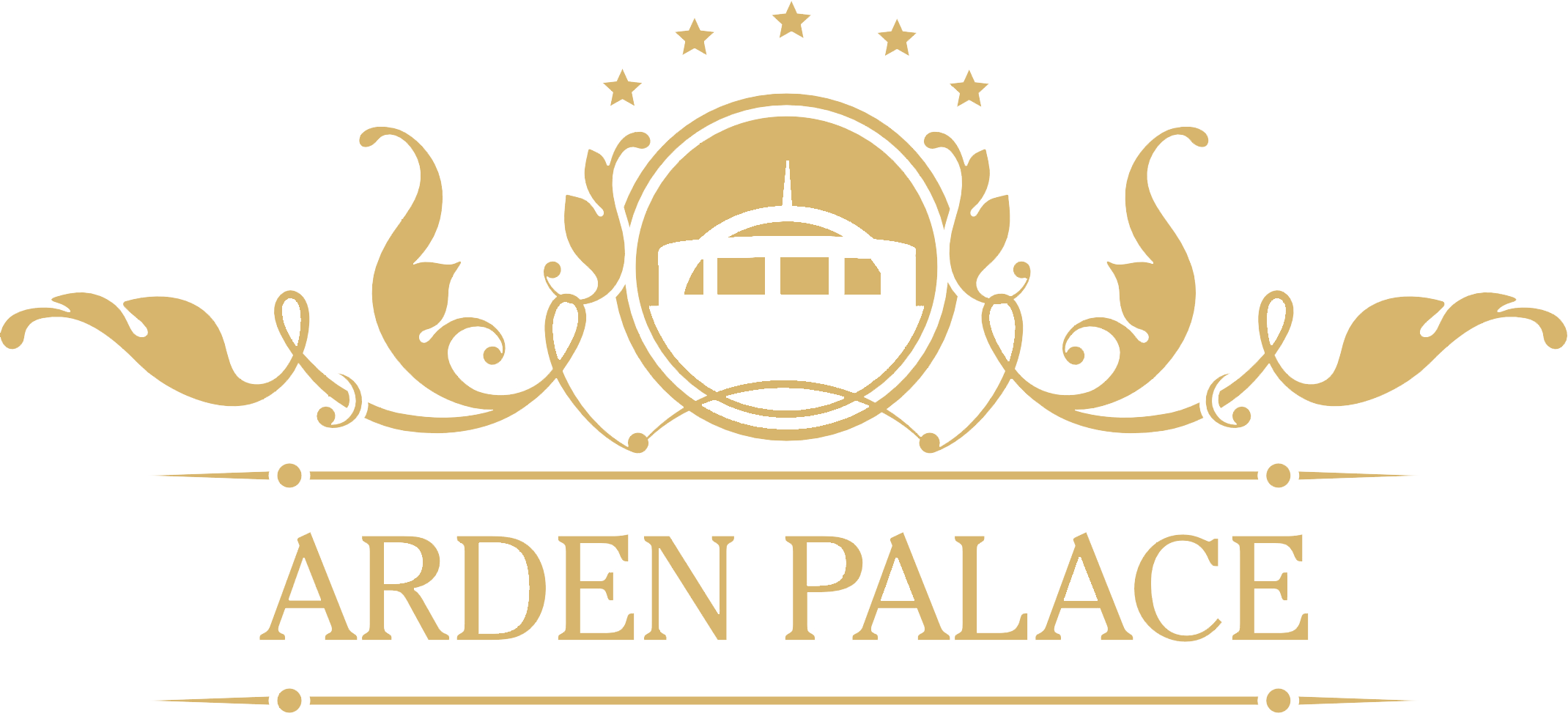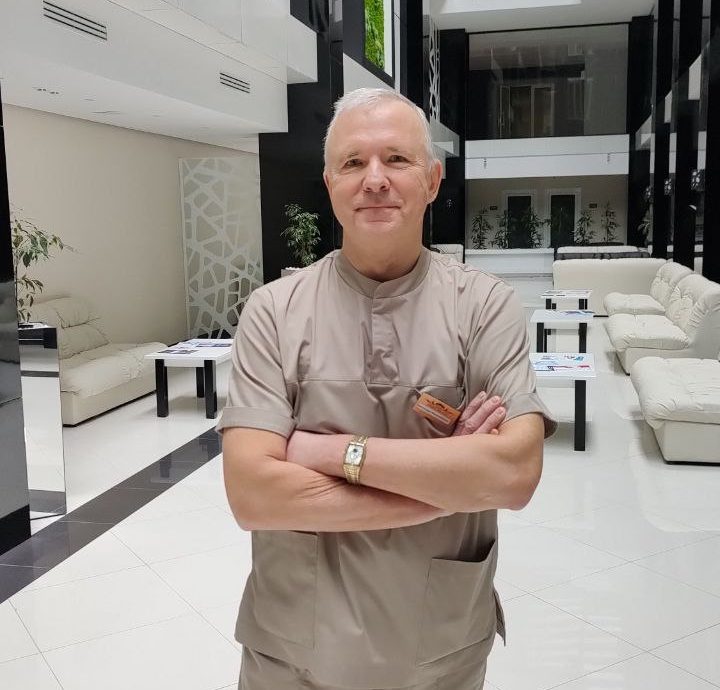JEWISH CEMETERY

The ancient Jewish cemetery in Satanov is located outside the town, about 500 meters from the city gate, on a wedge-shaped hill that rises above Zbruch and stretches along the road to Kamianets-Podilskyi.
Traditionally, the Jewish cemetery was located behind the river, which symbolized the separation of the living from the dead. In particular, in Satanov, it is separated from the town by an unnamed stream. In addition, the cemetery had to be on a hill so that it was difficult to climb, and people did not want to get there "as soon as possible". True, Orthodox Ukrainians and Catholic Poles interpreted such a choice of place for the cemetery in a different way: they say that cunning Jews deliberately bury their dead closer to the sky, so that on the Day of Judgment they will take a turn in the first rows.
From the hill on which the Satanivskyi Jewish cemetery is located, a wonderful panorama of the town and its surroundings opens up.
The cemetery is about 500 meters long from north to south, and about 200 meters wide. Fragments of the stone wall that once surrounded the cemetery have been preserved in some places.
According to the chronology of the burials, two sections are clearly distinguished: the old one, where there are about 500 gravestones of the 16th-19th centuries, many of which are hidden in thickets, and the new section, separated from the old one by a thicket. There are about 3,000 gravestones from the end of the 19th and 20th centuries.
The oldest part of the cemetery is located on the southeastern slope of the hill facing Zbruch.
The oldest of the five tombstones discovered in the 16th century, from the time of the formation of the Satanov Jewish community, is dated 1576. The oldest gravestones are rectangular slabs without decoration. They resemble tombstones of the same time from Germany, Poland and the Czech Republic. The texts on the steles have been preserved only partially, but on some of them it is possible to distinguish the dates of birth and death, as well as the names of the first Jewish settlers of Satanov: Moshe, Zvi, Menachem, Hana - Shmuel's daughter.
The tombstones of the first half of the 17th century, like the monuments of the 16th century, are located quite densely. Some of them researchers found under a layer of sod, which made it possible to prevent their complete or partial destruction. The facades of the carefully finished ceilings are divided into two parts: a symbolic image is placed at the top, and an epitaph is placed at the bottom. In the decoration of tombstones, researchers prefer several motifs: a tree with fruits, bunches of grapes, fish with lion heads, garlands. On the ceiling of 1638, a gesture of blessing with raised hands with folded fingers is depicted in a special way (the so-called "blessing of the koganim"). This image is one of the oldest in Eastern Europe. A young man from the family of high priests is buried under this stone.
The new part of the cemetery is monotonous rows of low tombstones with semicircular ends. On the flat reliefs made from the stencil, traces of painting have been preserved in some places. Men's tombstones usually depict a lying lion, and women's tombstones depict a bird and a five-horned menorah. However, even in this part of the cemetery there are original motifs in the decoration of monuments. So, the image of an elephant is carved on the tombstone installed on the grave of a man named Elephant. This is a rare example for the late era of following an ancient tradition: associating the name of the deceased with the image of the corresponding animal.
The remains of Satanov Jews who died during World War II were moved to a new section of the cemetery. Outside the cemetery is a mass grave of community members who died during epidemics.




















